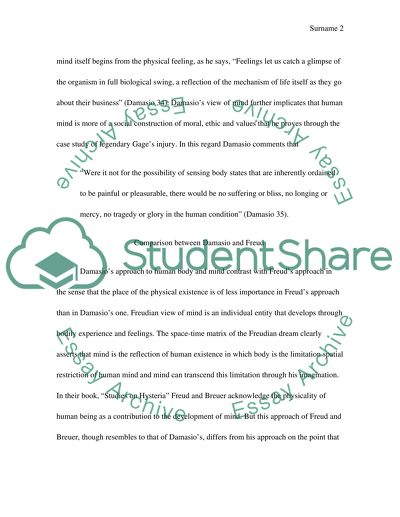Cite this document
(Cartesian Dualism, Freud's Theory of Unconscious and Damasios Physiol Literature review, n.d.)
Cartesian Dualism, Freud's Theory of Unconscious and Damasios Physiol Literature review. Retrieved from https://studentshare.org/psychology/1561145-neurobiology-the-unconscious-affect-and-desire-damasio-and-freud
Cartesian Dualism, Freud's Theory of Unconscious and Damasios Physiol Literature review. Retrieved from https://studentshare.org/psychology/1561145-neurobiology-the-unconscious-affect-and-desire-damasio-and-freud
(Cartesian Dualism, Freud'S Theory of Unconscious and Damasios Physiol Literature Review)
Cartesian Dualism, Freud'S Theory of Unconscious and Damasios Physiol Literature Review. https://studentshare.org/psychology/1561145-neurobiology-the-unconscious-affect-and-desire-damasio-and-freud.
Cartesian Dualism, Freud'S Theory of Unconscious and Damasios Physiol Literature Review. https://studentshare.org/psychology/1561145-neurobiology-the-unconscious-affect-and-desire-damasio-and-freud.
“Cartesian Dualism, Freud'S Theory of Unconscious and Damasios Physiol Literature Review”. https://studentshare.org/psychology/1561145-neurobiology-the-unconscious-affect-and-desire-damasio-and-freud.


